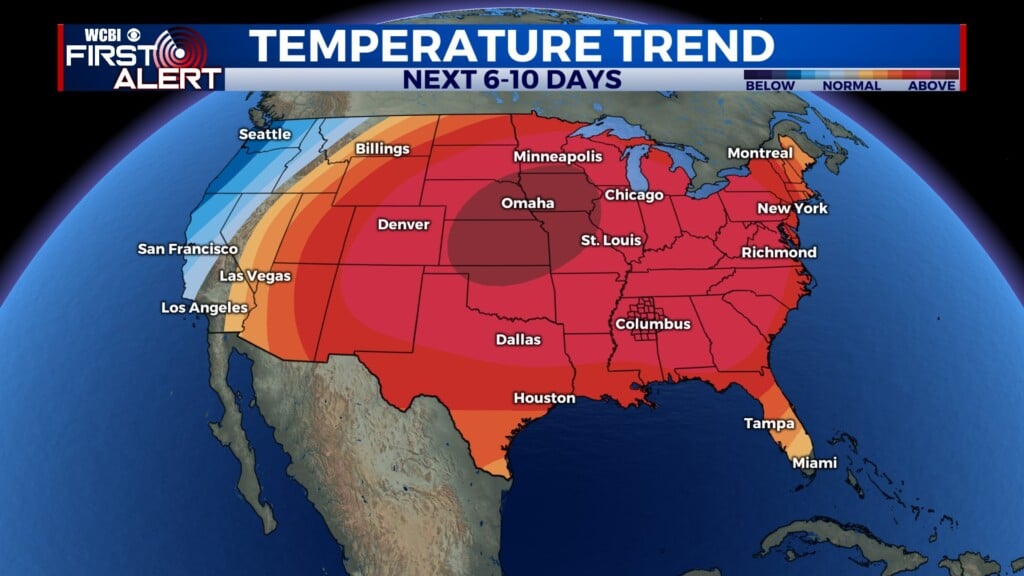Crop Outlook Little Changed From 2014
By Linda BreazealeMSU Ag Communications
STARKVILLE, Miss. — Current crop prices do not clearly favor any one specific commodity, leaving growers to rely on budgets, risk management and crop rotations to guide their 2015 planting decisions.
Mississippi’s grain sorghum fields experienced a new insect pest in 2014 that could have caused significant yield losses to a large percentage of the crop.
Angus Catchot, an entomologist with the Mississippi State University Extension Service, said Extension specialists and agents acted quickly to alert growers of the new threat, heading off almost certain yield losses.
“Our efforts, as well as favorable growing conditions, allowed growers to produce a strong crop,” Catchot said.
Consumer demand, especially from China, has helped grain sorghum prices surge ahead of corn prices and inspired growers to stay with the crop in 2015.
The U.S. Department of Agriculture National Agricultural Statistics Service’s Prospective Plantings and Grain Stocks report, which came out March 31, predicts 90,000 acres of grain sorghum in Mississippi, down 18 percent from 110,000 acres last year.
Catchot said the acreage decline might have been greater if demand for grain sorghum had not pushed its price up.
Traditionally in Mississippi, corn prices are higher than sorghum prices. According to USDA data dating back to the earliest records in 1949, grain sorghum’s yearly average price was higher than corn’s in only four years.
“At one point last year, many growers were vowing not to grow any sorghum in 2015 because of the arrival of sugarcane aphids and glyphosate drift,” Catchot said. “They had not budgeted for an unexpected pest, but despite challenges last year, we still had good yields, and growers will have even more control options this year.”
Darrin Dodds, Extension cotton specialist, said input costs for cotton and corn are significantly higher than input costs for soybeans and grain sorghum, even with its new pest challenge.
“Technology costs for cotton seed, intensive management needs and other costs of production make cotton an expensive crop to produce,” Dodds said.
Cotton is expected to decline 18 percent to 350,000 acres in 2015.
“With prices running about 65 cents per pound, current market demand is not present to increase planted acres,” Dodds said.
John Michael Riley, an MSU agricultural economist, said prices for the state’s major crops fell during last summer’s growing season. Currently, their prices relative to one another do not indicate a significant gain in acreage for any specific crop. Soybeans remain Mississippi’s largest crop with 2.3 million acres expected this year, up 4 percent from 2014.
“The 2015 planting decisions come down to cost of production, risk management and rotational needs,” Riley said. “Beans are cheaper to grow, and there is less risk with beans.”
The 2015 soybean crop is expected to be the state’s largest since 1988, when growers planted 2.4 million acres.
“We’ve always been pretty close to the 2 million mark, except for a few years when corn was larger,” Riley said. “If there are any surprises in this report, they are that soybean acres are not larger and cotton acres are not smaller.”
Other predictions from the USDA report include 570,000 acres for corn, up 12 percent; 211,000 acres for rice, up 10 percent; 33,000 acres for peanuts, up 3 percent; 570,000 acres for hay, down 3,000 acres; and 22,000 acres for sweet potatoes are at, unchanged from 2014.
The report also includes acreage information for winter wheat, which was planted last fall and will be harvested in May and June. Mississippi’s wheat acreage is at 170,000 in 2015, which is a 26-percent decline.





Leave a Reply